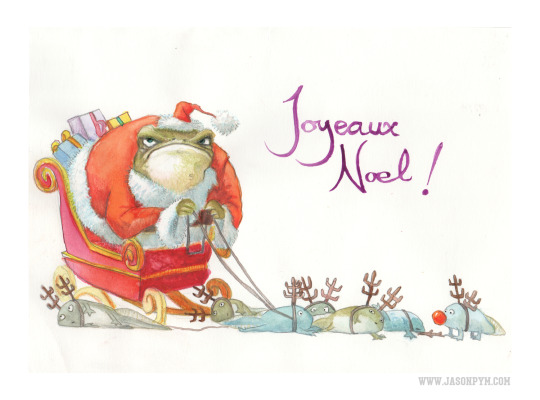Text
The 24 solar terms of the traditional Chinese calendar
The 24 solar term calendar was used in ancient China to govern agricultural arrangements and farming activities. The terms reflect changes in climate and other natural phenomena that used to play important roles in clothing, food, housing, and transportation. They still influence some Chinese customs and culinary practices.
The Earth orbits around the Sun along an elliptical path. Its axis is not perpendicular to the orbit but is tilted at about 23 degrees. The solar terms are evenly spread along the apparent path the Sun follows, which is known as ecliptic, and form a cycle that corresponds to one year exactly.
The system includes 12 major (sectional) and 12 minor (middle) solar terms. Each of them lasts around 15 days. They reflect the change of seasons (Beginning of Spring), the variation of the sun’s altitude (Summer solstice), the changes of temperature (Limit of Heat), the type and intensity of precipitation (White Dew), the maturity and harvest time of crops (Grain in Ear), and insect activity (Awakening of Insects).
History
During the Spring and Autumn period (770-476 BCE) of the Zhou dynasty, the Chinese established two major solar terms: 日南至 (rìnánzhì, “sun south most”) and 日北至 (rìběizhì, “sun north most”).
At the end of the Warring States period (475-221 BCE), eight solar terms were in use. They represented the four seasons and solstices.
The rest of the terms were introduced during the Han dynasty (206 BCE-24 CE), which is most terms refer to the climate of its capital Xi’an.
Solar terms
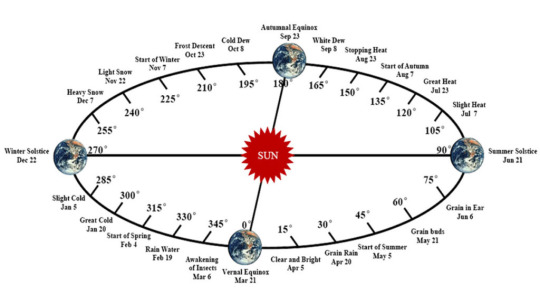
立春 (lìchūn): February 4, Beginning of Spring (though only in the extreme south)
雨水 (yǔshuǐ): February 19, Rain Water (increase of rainfall)
惊蛰 (jīngzhé): March 5, Awakening of Insects (Thunder begins and hibernating insects wake up.)
春分 (chūnfēn): March 20, Spring Equinox (equal length of day and night)
清明 (qīngmíng): April 4, Pure Brightness (The weather becomes noticeably warmer. It is clear and bright, although not in the south)
谷雨 (gǔyǔ): April 19, Grain Rain (The early crops show their shoots.)
立夏 (lìxià): May 5, Beginning of Summer (in southern China)
小满 (xiǎomǎn): May 21, Grain Buds (The seeds of summer crops begin to become plump, but are not yet ripe.)
芒种 (mángzhǒng): June 6, Grain in Ear (The wheat becomes ripe, and the summer planting starts in southern China.)
夏至 (xiàzhì): June 21, Summer Solstice (The daytime is the longest and the nighttime is the shortest of the year.)
小暑 (xiǎoshǔ): July 7, Minor Heat (beginning of the hottest period)
大暑 (dàshǔ): July 23, Major Heat (The duration of the sunshine is the longest, the rainfall is the greatest, and the thunderstorms are the most frequent in some parts of northern China.)
立秋 (lìqiū): August 7, Beginning of Autumn (Nowhere is this true.)
处暑 (chùshǔ): August 23, End of Heat (end of the hot summer)
白露 (báilù): September 7, White Dew (The transition from summer to autumn. The temperature drops sharply, and the autumn rains come.)
秋分 (qiūfēn): September 23, Autumn Equinox (equal length of day and night)
寒露 (hánlù): October 8, Cold Dew (The weather becomes cold enough to reach dew point, but not cold enough to reach frost point.)
霜降 (shuāngjiàng): October 23, Frost’s Descent (The weather becomes cold and frost begins to form in North China.)
立冬 (lìdōng): November 7, Beginning of Winter (true of northern China)
小雪 (xiǎoxuě): November 22, Minor Snow (Snow begins to fall, and the weather becomes cold.)
大雪 (dàxuě): December 7, Major Snow (It snows heavily for the first time in the north.)
冬至 (dōngzhì): December 22, Winter Solstice (The daytime is the shortest and the nighttime is the longest of the year.)
小寒 (xiǎohán): January 5, Minor Cold (The weather rapidly reaches its coldest.)
大寒 (dàhán): January 20, Major Cold (the coldest time of the year.)
* There could be 1-2 day differences regarding the Gregorian calendar. All dates are based on the Northern Hemisphere.
870 notes
·
View notes
Photo

Every year Japan holds a Create a Kanji competition, the above is this year's winner (a riff on 座, seat). I'm trying to find out if there's a similar competition in China.
40 notes
·
View notes
Video
youtube
My new book, the Story of Chinese Characters, out in winter 2020.
This is the Chinese edition, English edition to follow :)
#Chinese#Chinese Characters#Mandarin#chinese langblr#汉字#甲骨文#children's books#picture books#illustration
35 notes
·
View notes
Text
I wasn't ready. I was like "oh, that's cute. She's gotta hobby. That's.... whoa. WAIT."
I should've known by the arm behind the back that she wasn't playing.
112K notes
·
View notes
Text
y’all i find out that there’s a chinese artist who draws cats wearing han dynasty clothing, and they have a book of their art
should i buy it? yes? no?? maybe????
91 notes
·
View notes
Video
How to make a 紫砂壶 zishahu (Chinese boccaro teapot/ Yixing clay teapot)
cr: 拾七紫砂
133K notes
·
View notes
Photo



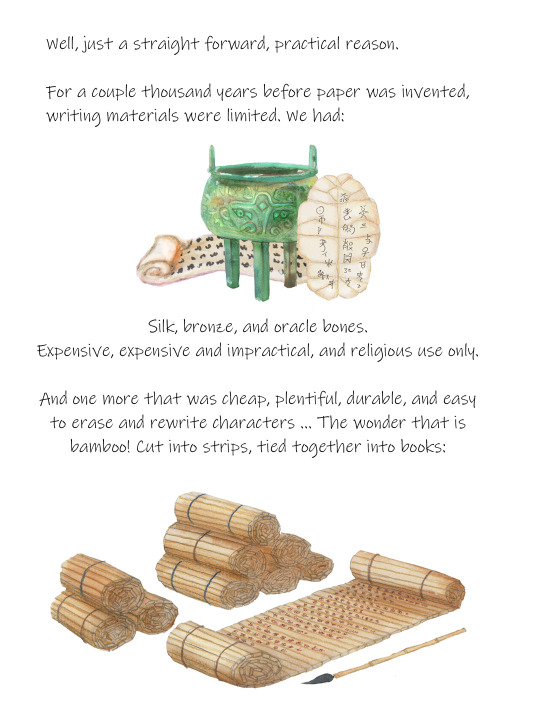

The vast majority (around 80%) of Chinese characters are made up of a radical (the general meaning) and a phonetic.
Radical 女 nǚ (woman) and phonetic 馬 mǎ (horse) = 媽 mā, mother (your mum sounds like a horse).
But a small minority are pictograms, that is to say a picture of the thing they represent.
Pictograms are the earliest characters, thousands of years old, but many are still used every day.
If you look at the oracle bone script for rat, tiger and elephant you'll see they are clearly pictures of the animal they signify.
But if you look at the modern versions, you'll notice something odd, they're all rotated 90 degrees onto their sides.
Why? Why are all these characters written with the animals balancing on their tails?
Well, it's for a straight-forward, practical reason.
For a couple thousand years before paper was invented writing materials were limited. We had silk (expensive), bronze (expensive and impractical), and oracle bones (religious use only).
And one more...
That was cheap, plentiful, durable, and easy to erase and rewrite characters. The wonder that is...
Bamboo!
It was cut into strips, and tied into books. Long thin strips of bamboo contributed to the Chinese custom of writing vertically, from top to bottom (and right to left).
But it also meant that it's much easier to write some characters length-ways so that they easily fit onto the strip.
So that's it, mystery solved. That's why a lot of Chinese picture characters are written at a right angle.
#Mandarin#Chinese Characters#learning chinese#hanzi#chinese langblr#study chinese#oracle bone script#bamboo
5K notes
·
View notes
Photo
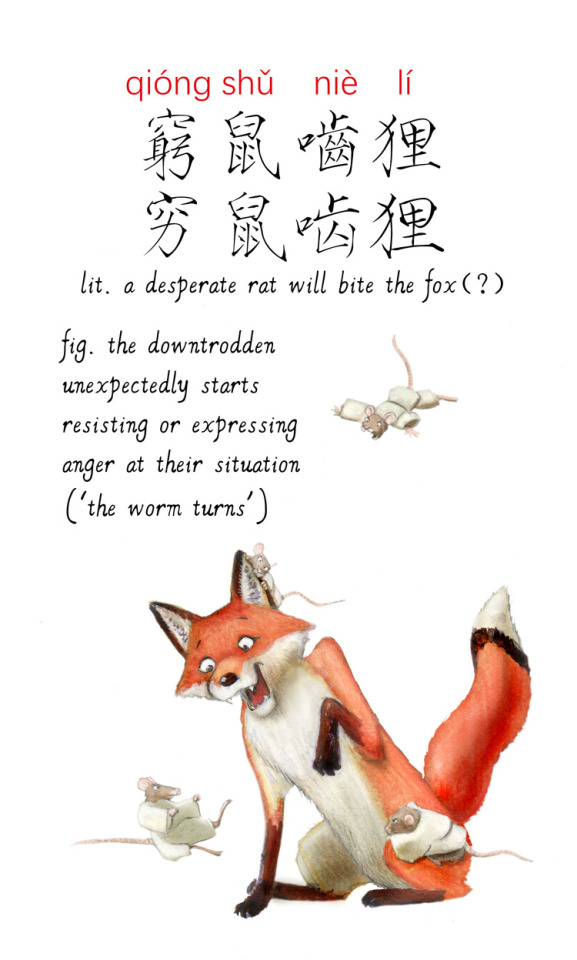


This one always confused me, why would a mouse bite a fox? Do foxes eat mice? It turns out they do, but they are known for preferring easy pickings – scavenging through rubbish, snatching chickens from farm yards. Mice and rats are not easy to catch, they’d be way down the bottom of the fox menu, surely.
Wouldn’t it make more sense to be a cat?
Yep, turns out 狸 here means cat.
窮鼠嚙狸(穷啮)qióng shǔ niè lí
Lit: A desperate rat will bite the cat
Fig: The downtrodden unexpectedly starts resisting or expressing anger at their situation
The Three Kingdoms encyclopedia Guangya (广雅,’Further Expositions’) defines 狸 as ‘cat’: “狸,猫也。”
The great Taoist sage Zhuangzi is quoted as: “捕鼠不如狸狌” ‘better to catch a cat or a weasel (狌 shēng, another version of 鼪, weasel or stoat) than a mouse.’
EDIT: Really important... I’ve come across this expression (穷鼠啮狸) in writing but never in spoken Chinese. So I’ve asked around and no native Chinese speaker I mentioned it to has heard of it. Instead, if you want to use an expression to convey this idea (’the worm turns,’ ‘the meek fight back’ etc) best to say:
tù zi bèi bī jí le yě huì yǎo rén
兔子被逼急了也会咬人
A loose translation of which would be:
Even the rabbit, if desperate enough, will bite back.
Or...
If its trapped, even a rabbit will bite.
This is a colloquialism, not a formal proverb.
155 notes
·
View notes
Photo
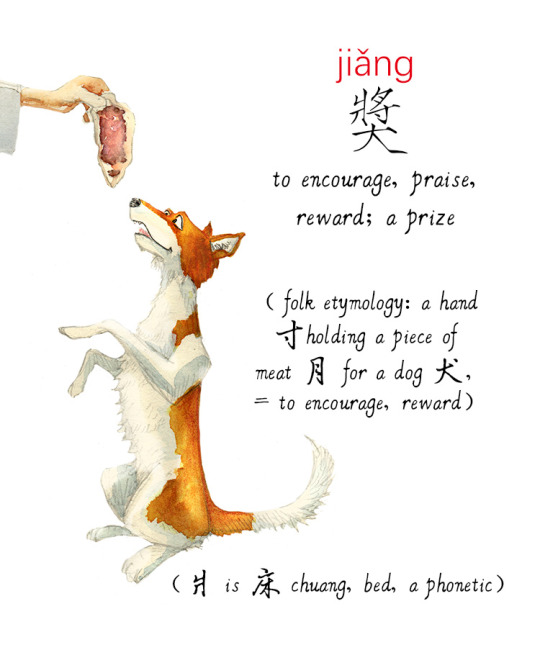
This is a memory aid for the traditional version 獎,not the simplified 奖. Note it is just a folk etymology.獎(奖) jiǎng is a straight forward phonetic compound (形聲字(声) xíng shēng zì), made up of the phonetic 將(将) jiāng and either the radical for ‘dog’ in traditional characters (犬/犭quǎn) or ‘big, great’ in simplified characters (大 dà).
獎(奖) jiǎng to encourage, praise, reward; a prize
獎勵(奖励) jiǎng lì to reward as a form of encouragement; this could be financial (a year end bonus), a material reward, or abstract (精神獎勵 moral encouragement).
誇獎(夸奖) kuā jiǎng to praise
Or as a noun, it is the basic word for prize or award:
獎學金(奖学) jiǎng xué jīn scholarship (note the measure word is ‘筆(笔) bǐ‘ as a sum of money)
For a bit more on me trawling through etymological dictionaries to find out the origin of this character, you can check this link , but unless you are an obsessive like me it’s not a thrilling read.
56 notes
·
View notes
Video
jianzhan 建盏, a type of porcelain baked in chinese kiln, originating from the song dynasty of China, specialty of jianyang district, nanping city, fujian province.
28K notes
·
View notes
Photo
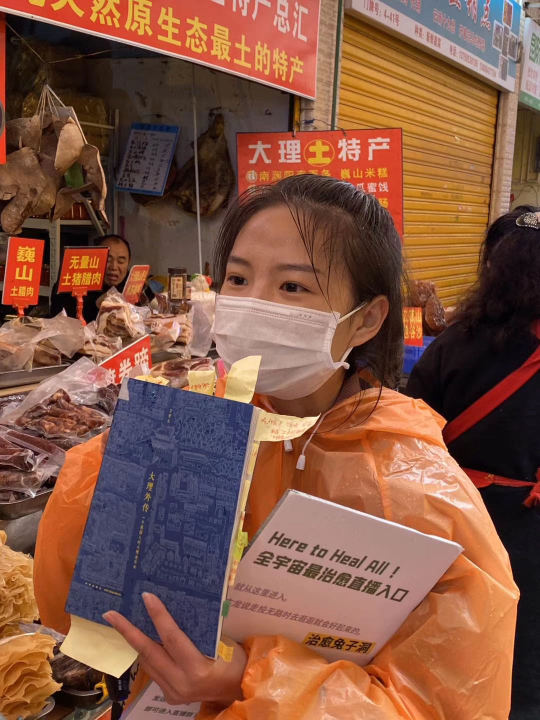

This is so cool - a market in Kunming is using my book as an ad. Yunnanese using an Englishman's book to sell local cheese to other Yunnanese. I couldn't be more proud.
If you’re interested, you can get an English-language copy of the book here:
http://www.lulu.com/shop/jason-pym/a-dali-sketchbook/ebook/product-24004034.html
6 notes
·
View notes
Photo
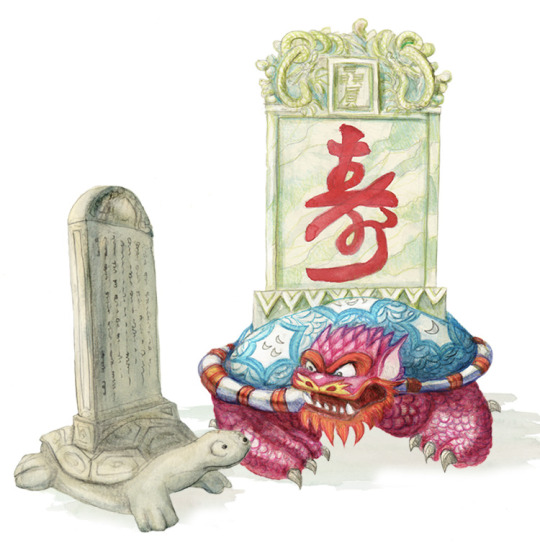
One of the nine sons of the Dragon King*, Bixi (贔屭bì xì) the dragon turtle is famous for his strength and ability to carry great burdens.
Since the Han dynasty, tombs have featured stone inscription slabs (‘steles’) carried by regular turtles, as turtles were admired for their strength and longevity. But these turtles were usurped by Bixi, with his distinctive dragon head (note the ears, regular turtles don’t have ears) probably in the Ming dynasty. So that’s where you’ll most likely see him today, carrying a stele in a temple or tomb.
More at: https://bit.ly/2RELteS
12 notes
·
View notes
Photo
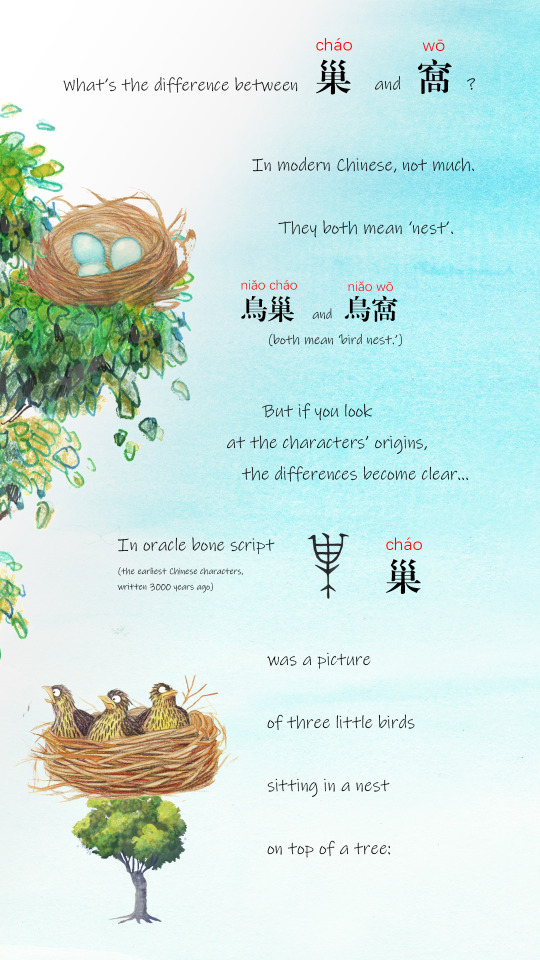
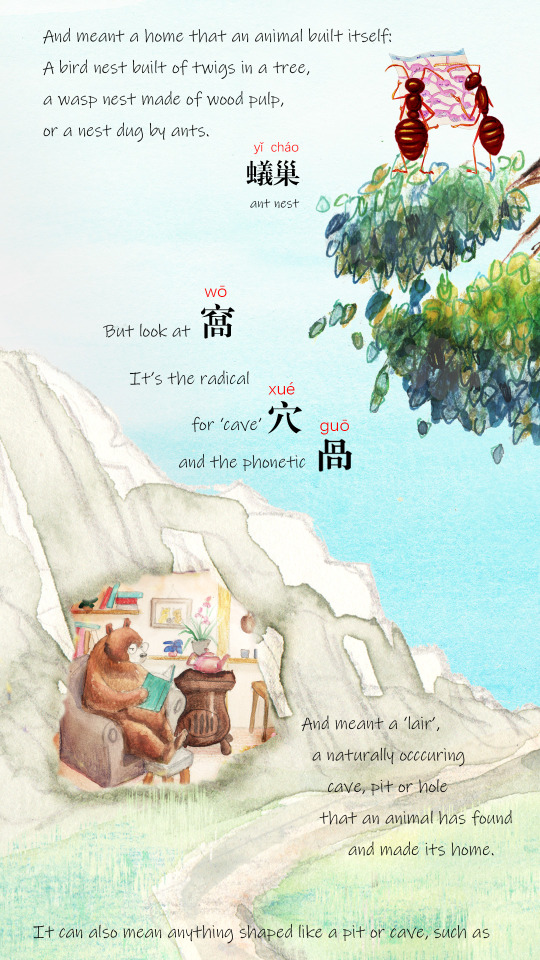

What's the difference between 巢 cháo and 窩(窝) wō?
In modern Chinese, not much.
They both mean 'nest.'
(鳥巢 niǎo cháo and 鳥窩(鸟窝) niǎo wō both mean 'bird nest').
But if you look at the characters' origins, the differences become clear.
In oracle bone script (the earliest Chinese characters, written 3000 years ago), 巢 was a picture of three little birds sitting in a nest on top of a tree. It meant a home that an animal builds itself: A bird nest built of twigs; a wasp nest made of wood pulp; or a nest dug by ants.
蟻(蚁)巢 yǐ cháo ant nest
But look at 窩(窝) wō,it's the radical for 'cave' (穴 xué) and the phonetic guō (咼(呙)), and meant a 'lair': A naturally occurring cave, pit or hole that an animal has found and made its home.
It can also mean something shaped like a pit or cave, such as
胳肢窩(窝) gā zhi wō armpit, or
酒窩(窝) jiǔ wō dimple (in the cheek, etc), literally 'alcohol lair.'
Please note that the phonetic in 窩(窝) wō, 咼(呙) guō, you'll most likely encounter as a last name, but it's also pronounced 'wāi' and means 'lopsided', originally describing a lopsided mouth (hence the 口字旁 mouth radical). But a much more common wāi character for lopsided is 歪,which is an extremely satisfying character, made up of '不正.'
@liu-anhuaming
#Chinese#Mandarin#chinese studyblr#study chinese#Chinese language#Chinese Characters#chinese langblr#nest#armpit#alcohol#lair#lopsided#pit#cave#ant#bird#bear#tree
353 notes
·
View notes
Note
The festival hat you just posted...I've never seen hats like that in Chinese clothing before but it looks similar to hats in Korean hanbok, are they similar?
I saved this ask for now since it’s very relevant to Chinese New Year, which is today! The festival hat post you’re referring to is this one. The hat is a Tiger Hat, called 虎头帽/Hu Tou Mao in Chinese.
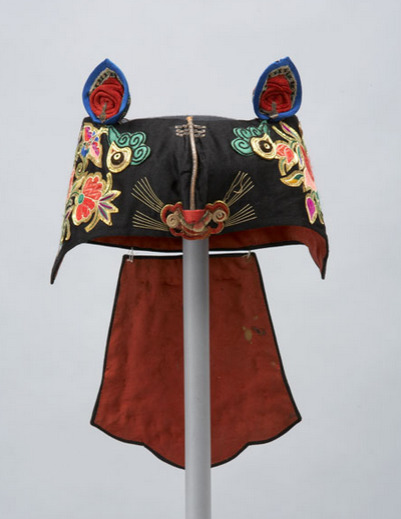
Hats embodying the shapes of animals are traditionally worn by Chinese children to protect them from evil spirits and ensure their future success. Worn mostly by young boys, these hats are given to mark special occasions during the child’s development. They are worn for festive events, such as a child’s birthday, New Year’s celebrations, and festivals/holidays.
Tigers have long been used as a totem in China, appearing everywhere from armor to pillows in hopes of endowing the user with the strength and vitality of the King of Beasts. It was believed that tigers frightened away evil spirits and ensured a prosperous future. Below - a variety of Tiger Hats:

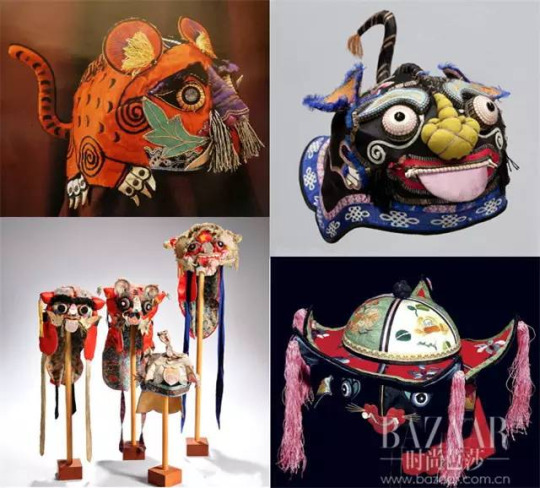
The Tiger Hat is worn by children during Winter and early Spring festivities in order to bless them with the strength of the tiger. It also serves as a warm hat and a cute decoration:



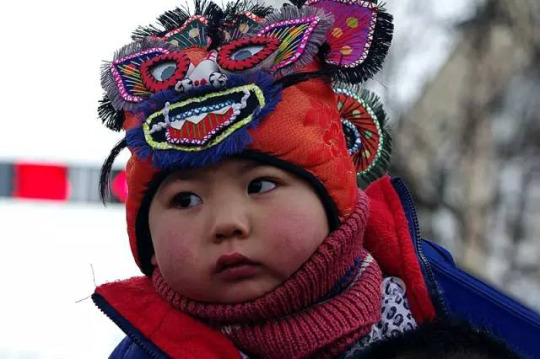
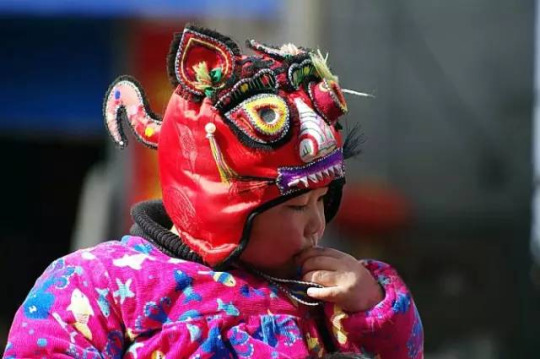
Tiger Hats are typically worn with Tiger Shoes, which are shoes created in the shape of tigers:

For more photos, see my “Tiger Hat” and “Tiger Shoes” tags.

The similar hat in Korean hanbok you’re referring to is called Hogeon (“Tiger Cap”). It’s the Korean version of the Tiger Hat. Similar to the Chinese Tiger Hat, it’s worn by young boys during holidays and celebrations. The outer is made of a black silk, while the inner is dark blue silk. A tiger pattern is embroidered on the surface, reflecting parents’ wish for their children to grow brave:
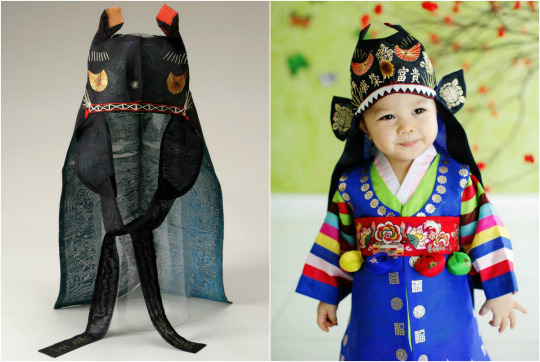
Hope this helps!
Sources: 1, 2, 3, 4, 5 (thanks @fate-magical-girls for a lot of the info/links
4K notes
·
View notes
Photo

fēi qín zǒu shòu
飛禽走獸
(飞禽走兽)
The birds and beasts
14 notes
·
View notes
Text
#Podcast Resources Master Post# (Mandarin Chinese) [Intermediate-Advanced]
Podcasts are simply the best way to squeeze in study time into busy schedules. Doing any sport, doing groceries, walking to/from school and work, extra time can be squeezed in (I always think back to the analogy with the stones, pebbles, sand and water in a cup, remember that post by Hacking Chinese?).
Below is some Intermediate to advanced appropriate listening material. If you have any suggestions don’t hesitate to contact me!
By the way, I am thinking of creating an Instagram account, is that anything you are interested in? Let me know!!
Podcast software/Apps:
Stitcher, Spotify and Ximalaya all have mobile apps and desktop versions for easy syncing.
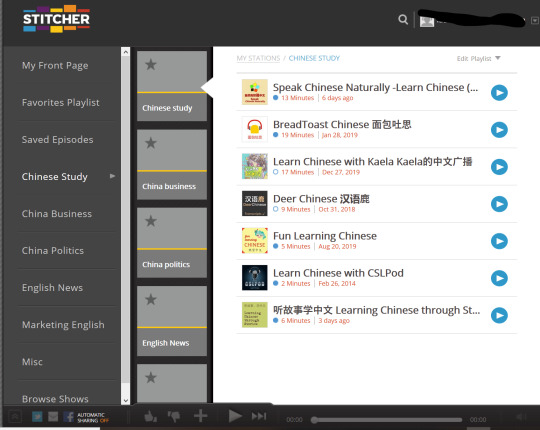
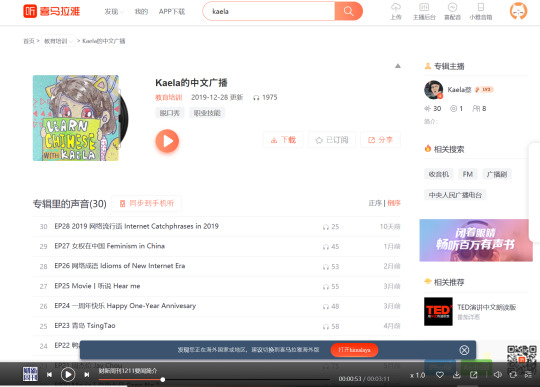
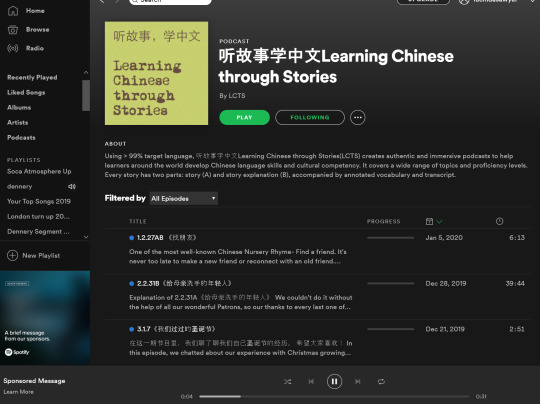
Podcast Shows:
Ximalaya Podcasts:
青春逗 [this show is presented by two 海归 (Chinese returnees, i.e. two Chinese who have lived abroad and come back to China), therefore they sometimes mix English words within the podcast. It is a contempary topic discussion podcast, spoken in natural language between the two presenters and sometimes a third guest] https://www.ximalaya.com/shishang/18796952/
Linda讲故事 [naturally spoken language, one person retelling a story, natural and unscripted] https://www.ximalaya.com/qinggan/29392148/
健康生活100问 [has a question about nutrition and it answers the question in 3-5 minute short episodes, for example ‘is MSG really bad for health?’, ‘which is healthier, cow milk or soy milk?’] https://www.ximalaya.com/jiankang/18734760/
故事FM [each episode has a different person come to tell their story about some kind of topic, such as being abused, quitting a ‘top school’, and other stories that tell lives of very ordinary people but presents a picture of lives of ordinary chinese people with a story to tell. It’s also spoken in natural, unscripted language with a host] https://www.ximalaya.com/toutiao/7878702/
失眠小姐 [Short 3-5 minute 'life advice’ to soft background music] https://www.ximalaya.com/qinggan/292190/
唐诗三百首 [Learn the 300 Tang Poems] https://www.ximalaya.com/ertong/16479532/
Kaela的中文广播 Learn Chinese with Kaela [a naturally spoken podcast presented by Kaela, transcripts for the show found at https://gaerdan.wordpress.com/ https://www.ximalaya.com/jiaoyu/16634873/
Stitcher Podcasts:
Simply search the below podcasts in your podcast app
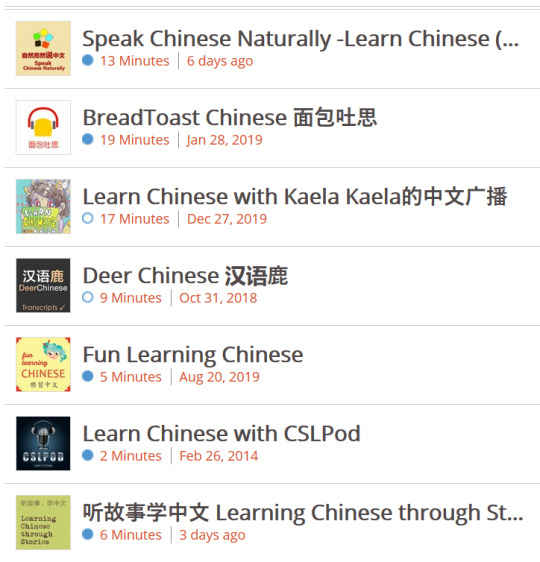
Misc Podcast Websites:
These podcasts you can access through the podcast website (the ones with *s are ones I have used and are very good, its worth spending time on the website, you can download the MP3s to your phone)
o https://www.slow-chinese.com/podcast/ *
o http://popupchinese.com/ *
o http://www.cslpod.com *
o http://justlearnchinese.com/mini-novels/
o http://yuedu.fm/article
o https://mandarinbean.com/category/advanced/
o http://justlearnchinese.com/category/chinese-short-stories/
Do you have anymore? Please share in the comments!
181 notes
·
View notes
